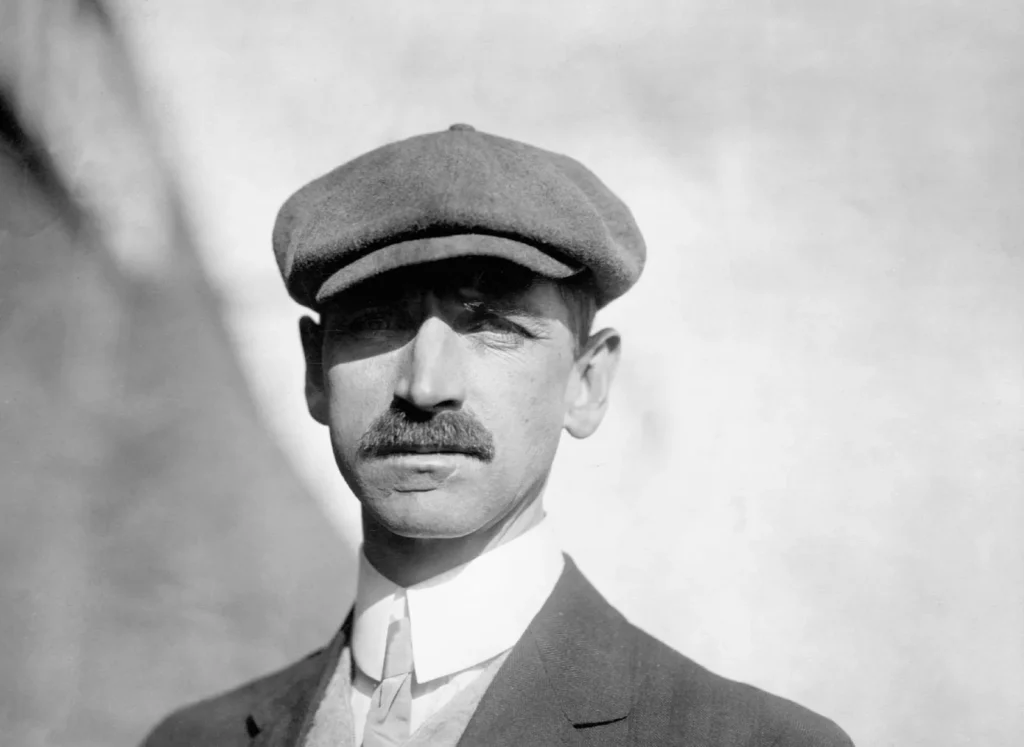
Glenn Hammond Curtiss, born in the picturesque village of Hammondsport, New York, on May 21, 1878, would go on to become one of the most influential figures in the history of aviation. Despite humble beginnings, Curtiss’s innate intelligence and entrepreneurial spirit propelled him into the world of innovation and invention from a young age.
Raised by his mother Lua Andrews Curtiss after the untimely death of his father when he was just four years old, Glenn Curtiss learned the value of hard work and perseverance early on. His mother’s dedication to providing for the family, including his deaf sister Rutha, instilled in him a strong work ethic and a sense of responsibility.
Curtiss’s journey into the world of aviation began with his passion for bicycles, which he turned into a successful business designing, building, and racing. Unlike his contemporaries, the Wright Brothers, Curtiss was not afraid to take risks, eventually transitioning from bicycles to motorcycles and experimenting with motorized vehicles.
In 1901 tragedy struck the Curtiss family with the loss of their son Carlton, but despite the grief, Curtiss and his wife Lena Pearl Neff continued to work closely together, building a strong and stable marriage.
It was in the realm of aviation that Curtiss truly made his mark. Collaborating with balloonist Thomas Scott Baldwin, Curtiss began experimenting with powered flight, eventually catching the attention of Alexander Graham Bell, who invited him to join the Aerial Experiment Association (AEA).
In 1908, Curtiss made history with his first successful controlled flight in the June Bug aircraft, marking the beginning of his pioneering contributions to aviation. With innovations such as ailerons and hydroplanes, Curtiss solidified his reputation as a leader in the field, earning him the title of “Father of American Naval Aviation.”
Throughout his career, Curtiss continued to push the boundaries of aviation, achieving milestones such as the first transatlantic flight in 1919 with his flying boats. His legacy as a manufacturer and innovator was further solidified with the establishment of the Curtiss-Wright Corporation, which remains a major player in the aerospace industry to this day.
Despite his untimely passing in 1930 at the age of 52, Glenn Hammond Curtiss left behind a legacy of innovation and ingenuity that continues to inspire generations of aviators and inventors. From his humble beginnings in Hammondsport to his groundbreaking achievements in aviation, Curtiss’s contributions to the world of flight will forever be remembered as pioneering and profound.
On this special day, we honor and celebrate the life of Glenn Hammond Curtiss, a visionary whose innovations took humanity to new heights. As we commemorate his birthday, we remember his relentless pursuit of progress and his fearless spirit that transformed the landscape of aviation. Happy Birthday, Glenn Curtiss. Your legacy soars high, inspiring us to dream and achieve the impossible.


So much History inside the walls of this Beautiful Mansion!!!